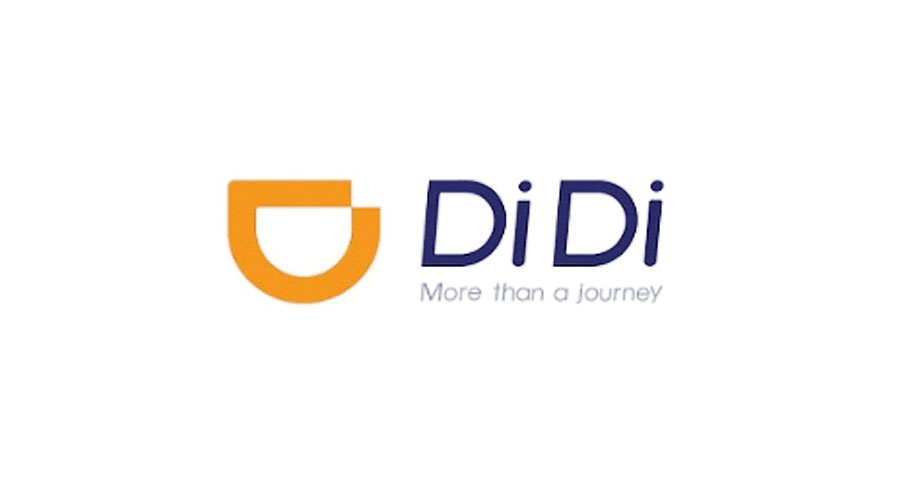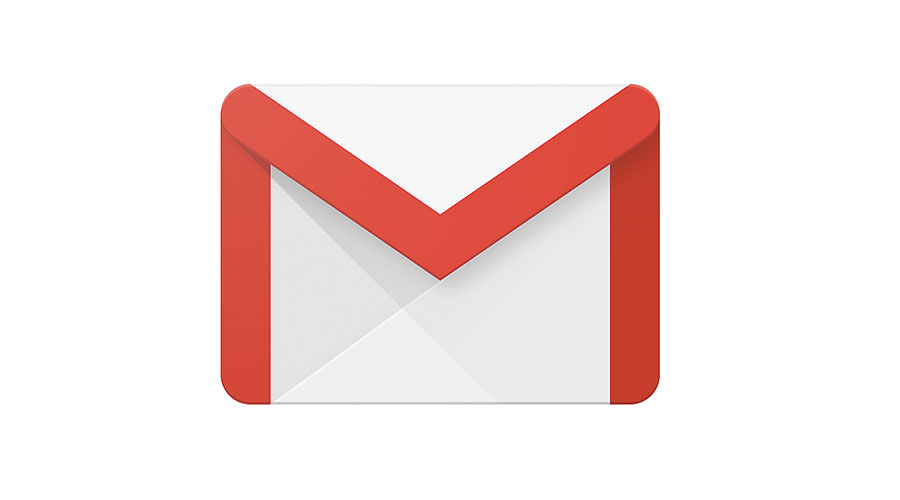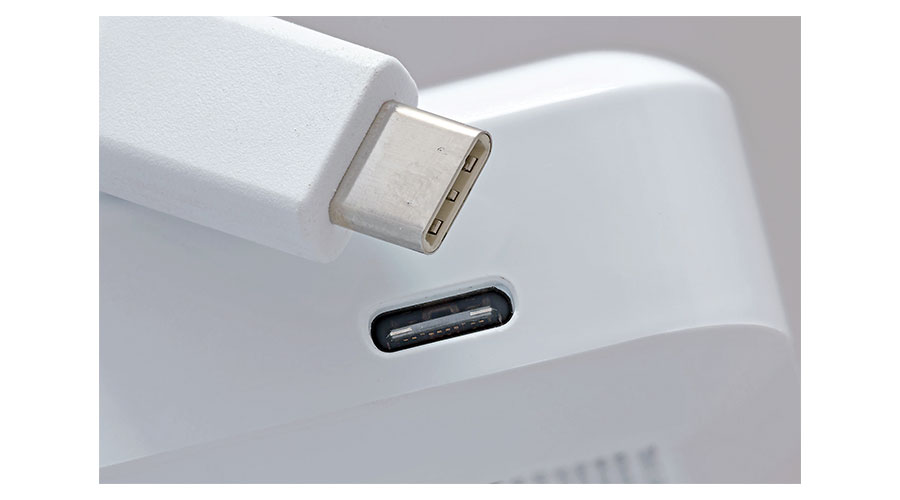MICROSOFT TEAMS NOW LETS SMALL BUSINESSES CHARGE FOR WEBINARS AND MORE
- 23 Mar - 29 Mar, 2024

Uber's biggest rival in China is getting into the self-driving game. Chinese ride-hailing giant Didi Chuxing has announced plans to launch a fleet of autonomous taxis. Aiming to become the first large-scale self-driving taxi service in China, Didi plans to roll out its Level 4 self-driving vehicles in the Jiading District of Shanghai. After Shanghai's government approved permits for testing the AV fleet on Wednesday, Didi Chuxing founder and CEO Cheng Wei announced the service at Shanghai’s World Artificial Intelligence Conference, where the company demonstrated the autonomous taxis on a closed track. “Technology only has worth when it brings value to people’s lives. We believe giving ordinary citizens access to large-scale, shared autonomous fleets is key to achieving our shared goal of safety, efficiency and sustainability for future cities,” said Cheng in a press statement.

Gmail users can now finally opt out of having images load automatically on the iPhone app. The email client unveiled its latest update to the App Store that includes an option for those who want to stop their messages from being tracked or who don't need to see every single external image sent to their inbox. To activate, simply go to Settings and make the appropriate changes. Android users have had this option for a while now.

The USB Implementers Forum (USB-IF) announced that the organization has finalised the technical specifications for USB4. These specs will be making their way to designers, engineers and manufacturers shortly, meaning we can expect the first USB4 products to hit shelves some time in 2020. The highlight of the new standard is its dual-lane 40Gbps speed, matching Thunderbolt 3's transfer rate and doubling that of USB 3.2's. USB4 will use the same form factor as USB type-C and will be backward compatible with USB 3.2, USB 2.0, and Thunderbolt 3. In other words, you'll be able to use just about any existing USB type-C device with a machine featuring a USB4 bus. The new connection will be similar to USB3 in that it will support both data and display protocols, so expect to see more monitors feature USB connections in addition to HDMI ports.
COMMENTS